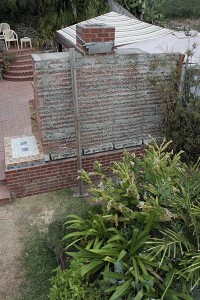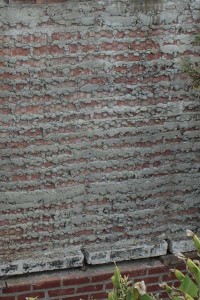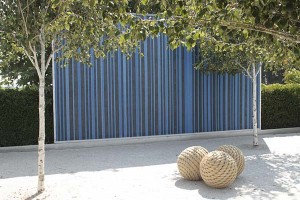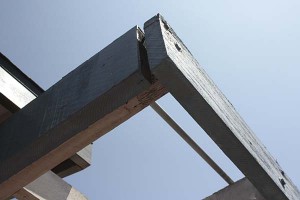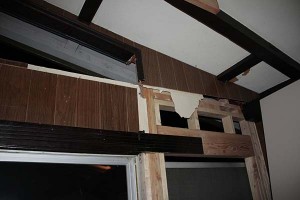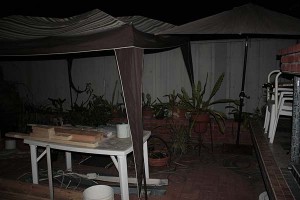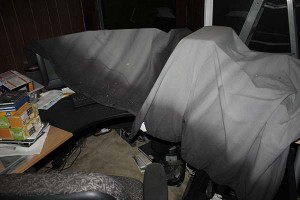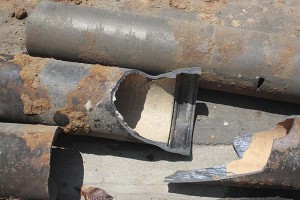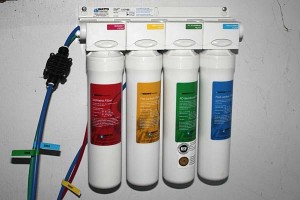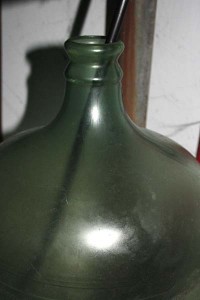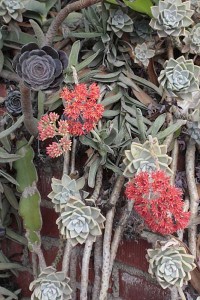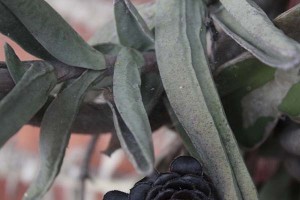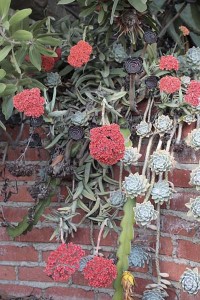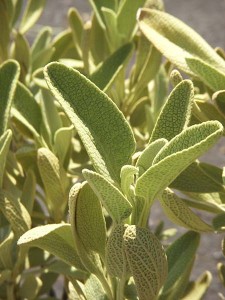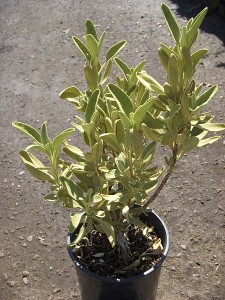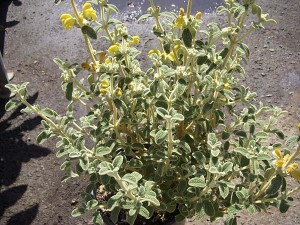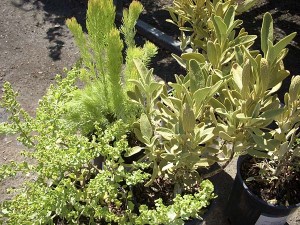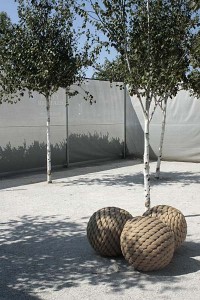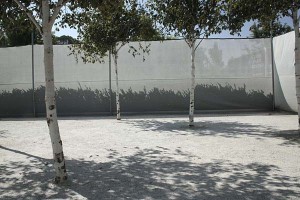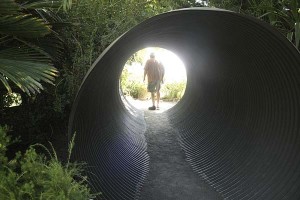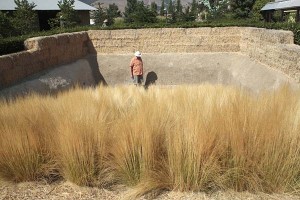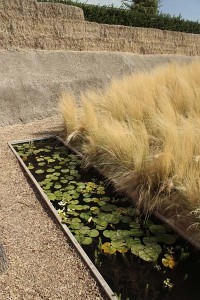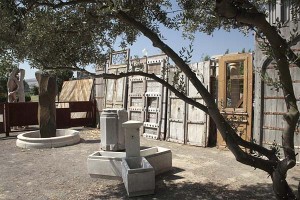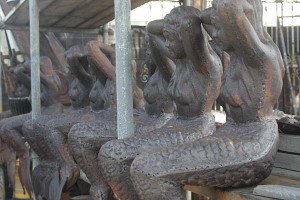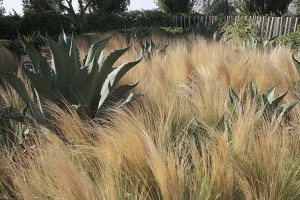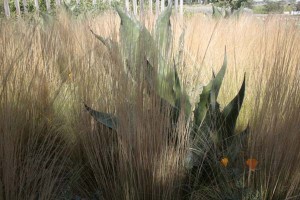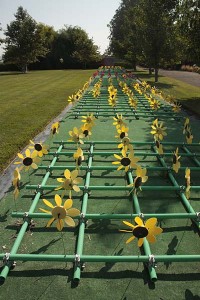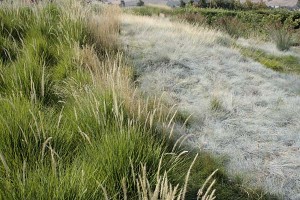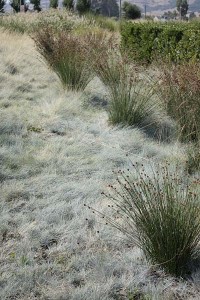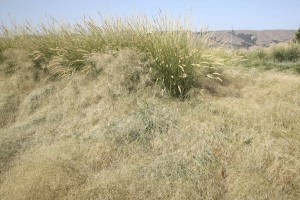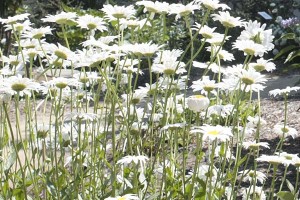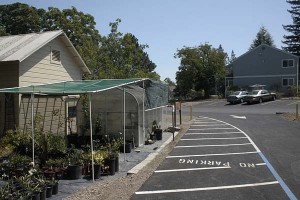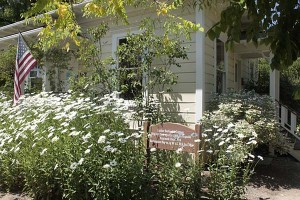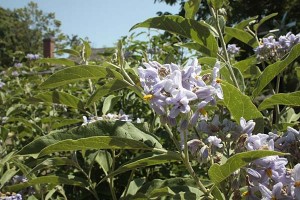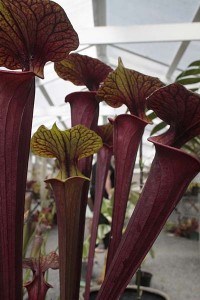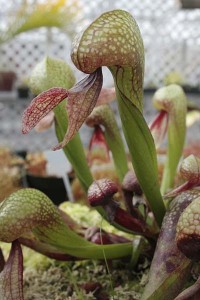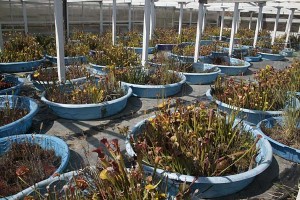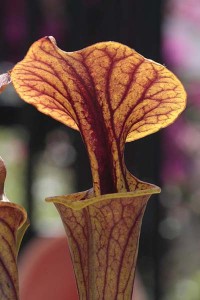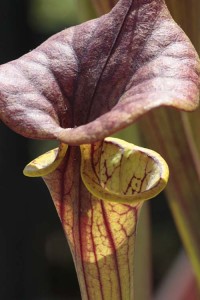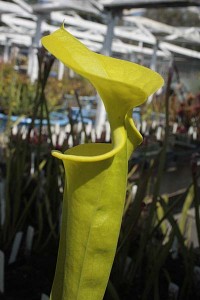
The daylight was ending as we crossed the bridge into the wine country north of San Francisco.
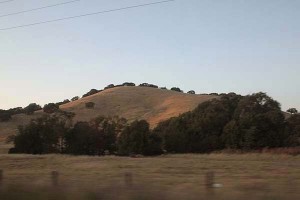
Things were developing that gorgeous warm tint that you only see for a few minutes of the day. People had set aside the next day to visit some wineries, and this gorgeous evening was the best preparation you could ask for.
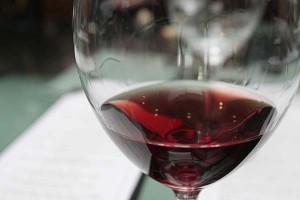
We stopped at three wineries, and you pick up pretty quickly that the vineyards are interested in promoting a lifestyle as part of the process of sending you home with a few bottles of wine. To set the mood, each location we visited played its own riff on the basic formula that wineries follow: a tasting bar, personable servers, a gift shop, and–most interesting for me–some sort of garden setting around the facility.
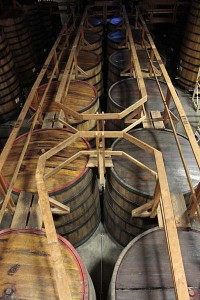
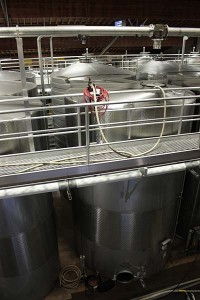
Stop #1 was the largest, most industrial place that we were to visit that day, Rodney Strong Vineyards. You could stroll around an elevated perch and take a look at the oak casks and the stainless tanks holding their next bottlings.

Set in the middle of your basic picturesque Sonoma County vineyards, their take seemed to be fairly minimalist, that the grapes around the winery were garden enough. But they did have some attractive planter boxes lining the steps ascending to the tasting room.

Being high summer, their plantings featured brilliant zinnias, marigolds and calibrachoa in what I’d call a real-world planting, selections that anyone could find at their local garden center, nothing too fussy or scary or exotic.
The message they wanted to convey through their setting: We want to make your visit pleasurable, but we’re primarily about the wine. Our wines might be a better value because we don’t splurge on the unnecessary theatrics.
Across the parking lot was destination #2, J Vineyards. The approach to the front door passes casual-looking plantings of grasses, sedges and flax.

In Designing with Plants by Piet Oudolff and Noel Kingsbury, the authors caution against mixing plantings of different grasses. But here the technique of mixing different plants with strong linear forms succeeds beautifully. (Definitely a case in point that design guidelines are meant to be broken.)
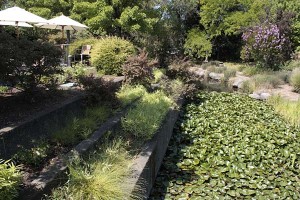
To get in the tasting room you cross a little bridge over a pond teeming with water plants. The hardscape is cut through with strong linear elements, but the plants seem to defy the geometry, with clumps of one kind of plant cascading from one level to the next, not accentuating the structure like boxwoods planting along a driveway. Winetasting–with optional finger foods–can happen indoors, or on the patio overlooking the garden.
The message they wanted to convey through their setting: We’re not the least expensive winery out there, but what’s wrong with an occasional splurge every now and then?.
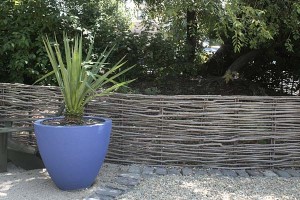
Oversized pots with spiky plants were a common feature. This blue potted succulent was set next to a rough woven vine fence in downtown Healdsburg, where we stopped for lunch. I’m sure their gardener pruned the pointy lower leaves off the plant to avoid injury to the masses passing through, but I personally hate to see gorgeous symmetrical plants disfigured this way.
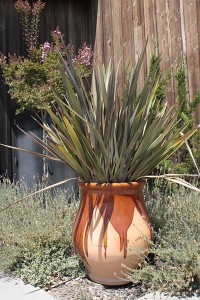
Our last winery stop, Mazzocco Vineyards, also featured a spiky plant–a flax–planted in a big pot–this one a model with beautifully dripping glaze.
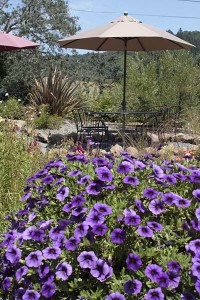
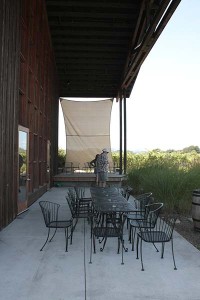
The smallest of the three stops that day, the winery featured low-growing drought-tolerant plants and some annuals set in a small theater set that evoked a casual resort set in the middle of oaked foothills. A berm along the adjacent roadway created a sense of shelter and avoided the road noises that would have spoiled the mood.
The setting was simple and casual, nothing so spectacular that you had to stop to look at it, but a pleasant place to relax and spend part of an afternoon.
The message they wanted to convey through their setting: We’re all about rustic elegance. Our wines are direct and connected to the land. (Their offerings happened to offer a large number of vineyard-designated bottlings of zinfandel, many with its own strong character.)
My favorites that day?
Wines: Mazzocco. (I didn’t sample at the first stop.)
Gardens: J.
But they’d all be worth a visit. (And my thanks to our designated driver that day!)

